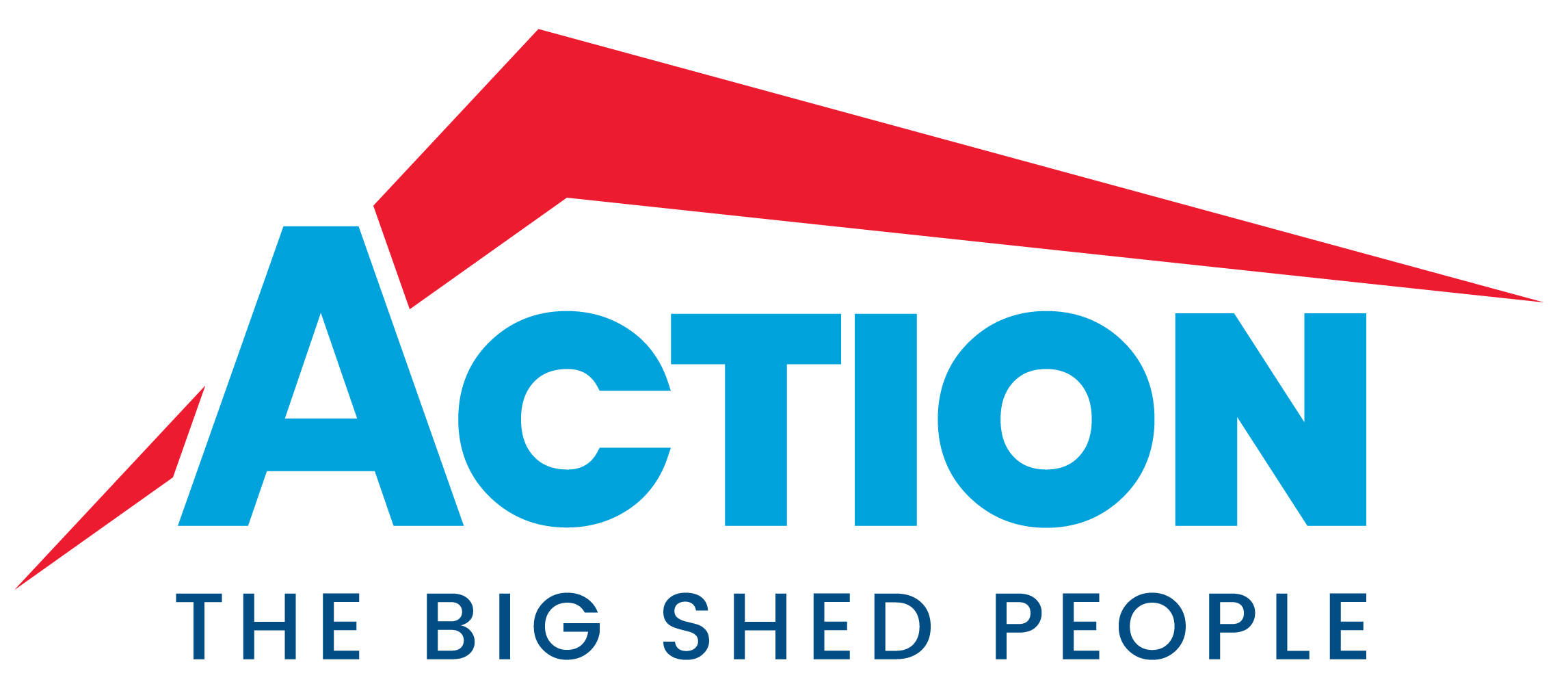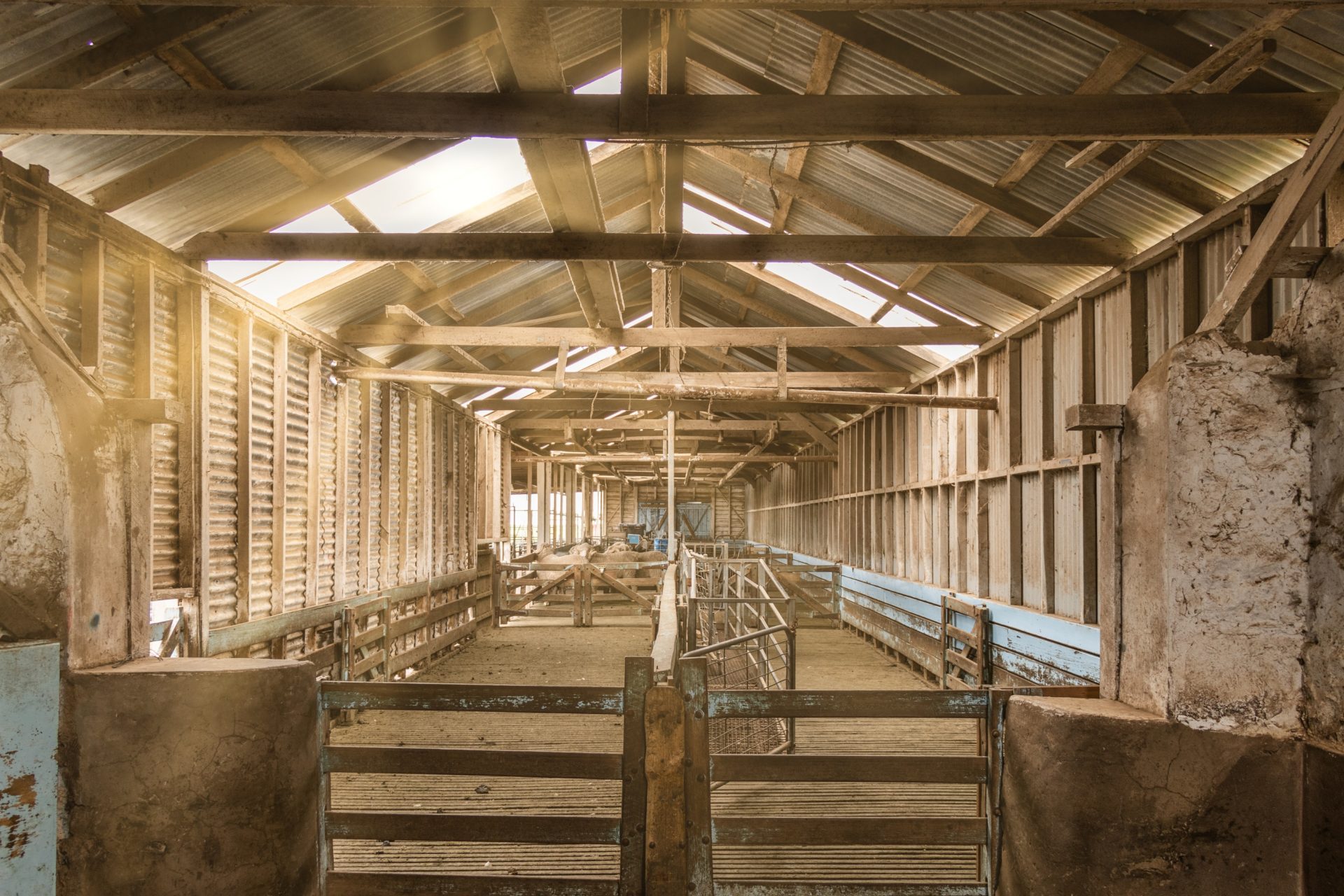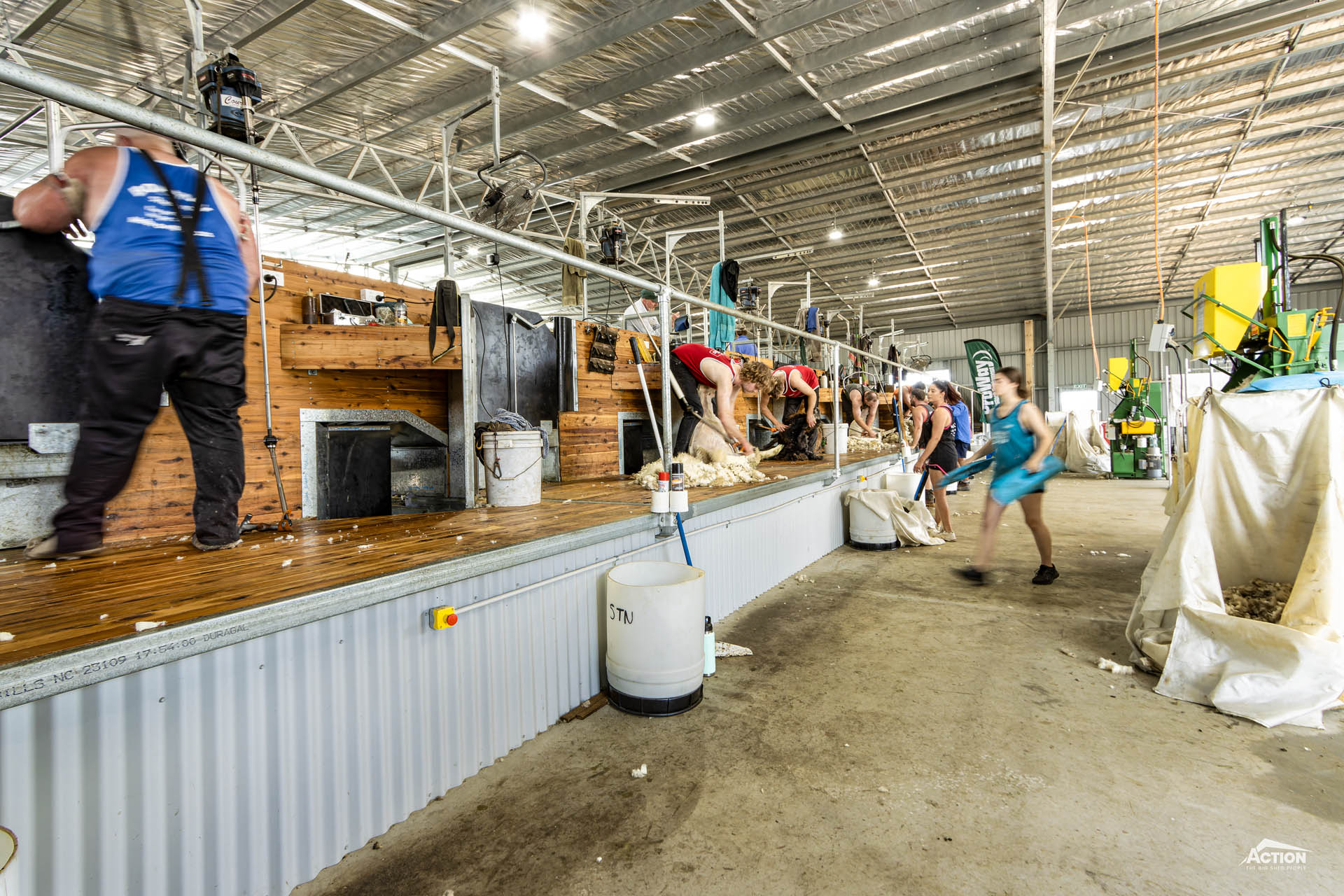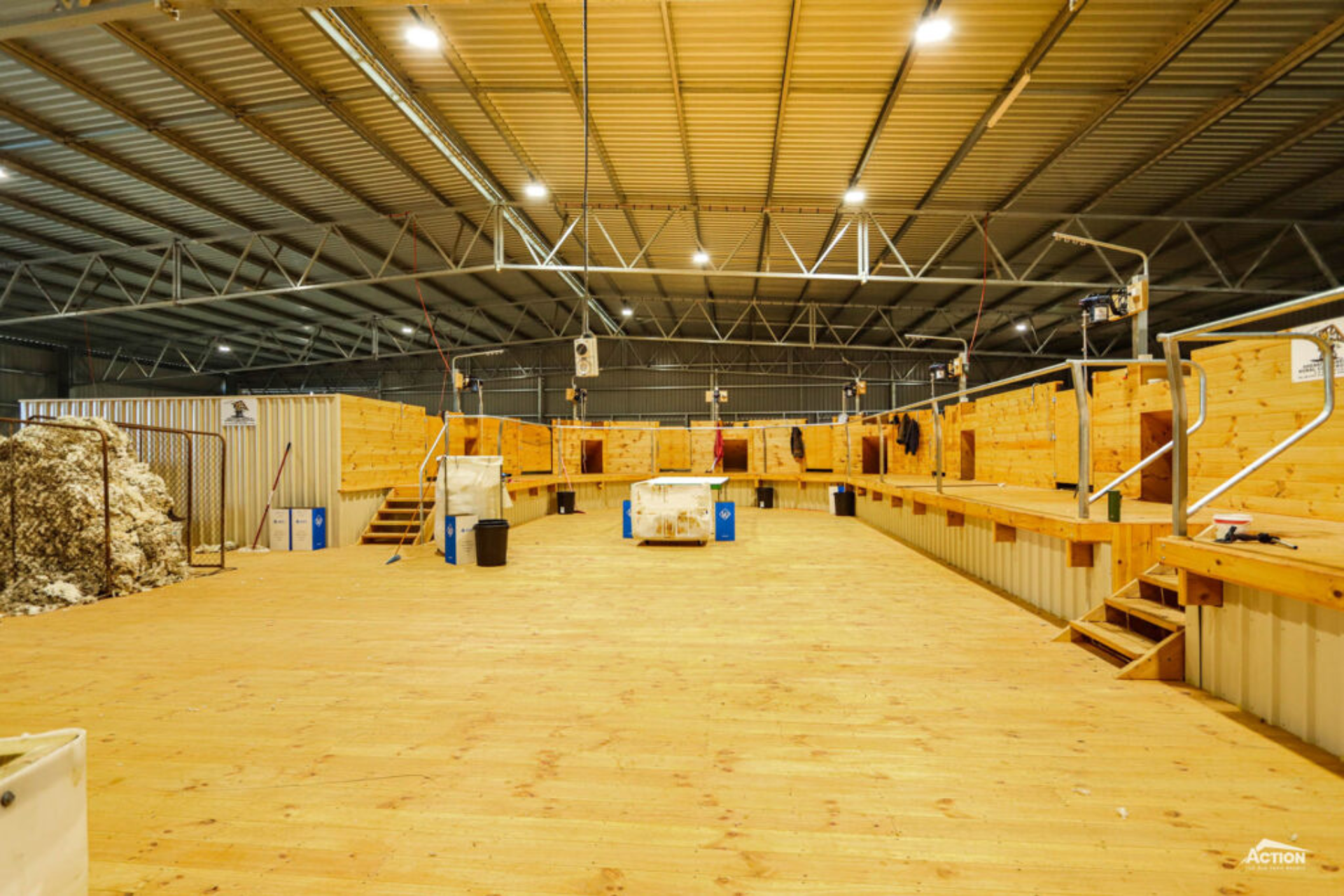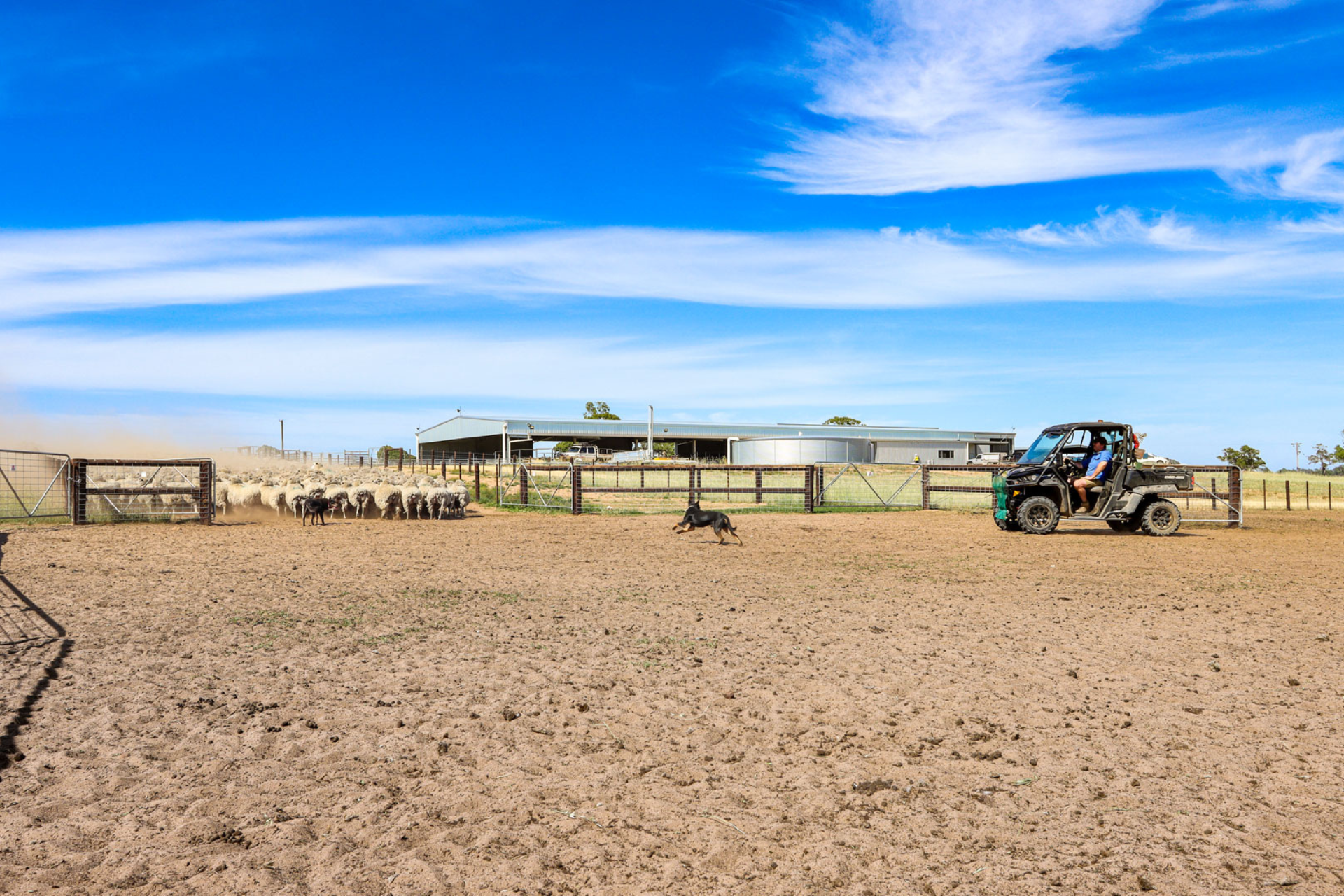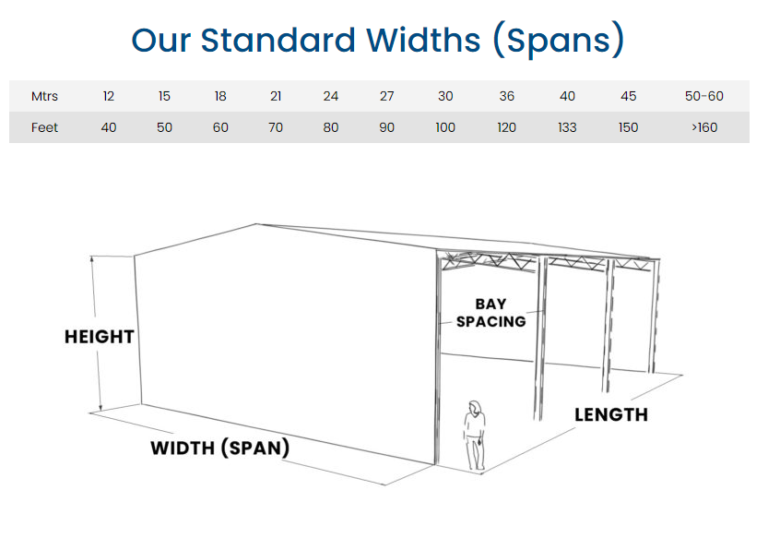Safe shearing sheds are essential for protecting shearers, shed hands and your livelihood.
The list of physical injuries associated with sheep handling and shearing is certainly an extensive one. For example, general strains and sprains, broken bones and muscle damage. These injuries stem from a range of causes including poor posture and technique, low level of fitness and poorly designed shearing shed set-ups.
On top of this is the mental and emotional strain of working long hours, doing hard physical work. This is exacerbated when working conditions are less than ideal.
So, it is important to review our shearing sheds to make sure they are providing a safe and pleasant working environment that minimises risk as much as possible or ‘reasonably practicable.’
Safe shearing sheds also improve staff retention, animal welfare and the industries image.
If you are reviewing your shearing shed safety, this article looks at some of the most common safety issues in shearing sheds. And what you can do about them.
4 Common Shearing Shed Safety Issues (& What You Can Do About Them)
1
High Noise Levels
While to some extent this is inevitable in the hustle and bustle of the shearing shed, there are a number of things that can be done to help combat this:
- Place equipment out of the way of workers where practical.
- Install mufflers/covers on machinery.
- When purchasing new machinery or equipment factor in noise levels before making the final decision.
- Make hearing protection available to workers e.g. ear muffs.
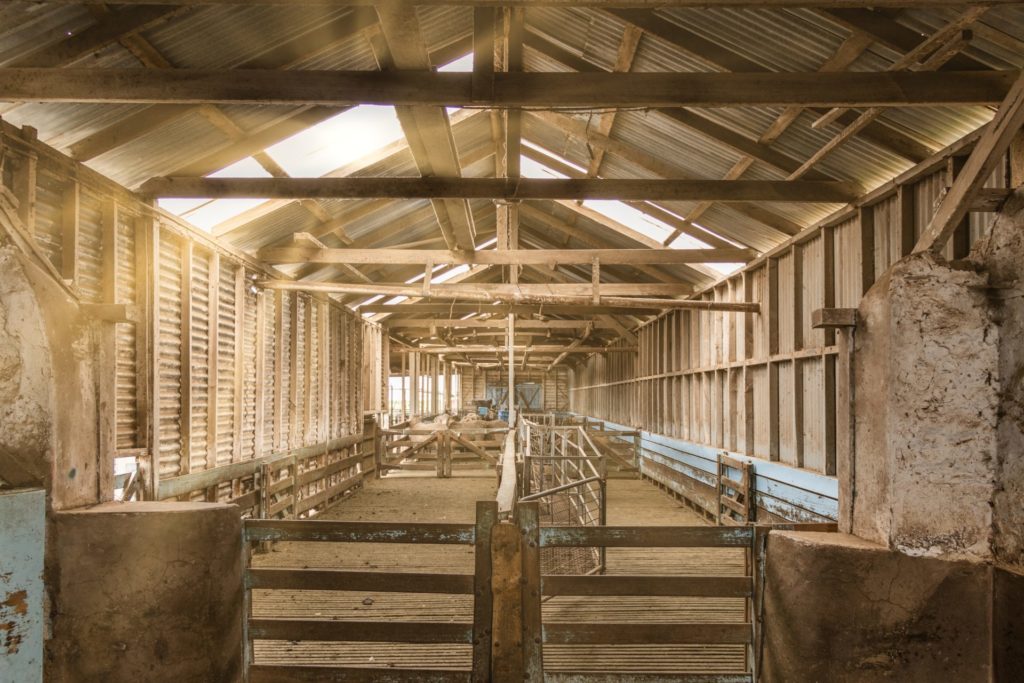
2
Lock Ups
A lock-up occurs when an obstacle interferes with the handpiece causing it to suddenly stop, rip from the shearers hand and become a projectile weapon. According to this article “out of control hand pieces cause a high number of injuries to shearers from minor to severe, with the latest workers compensation statistics indicating that hand piece injuries such as ‘lockups’ account for 30.8 per cent of injuries and $2,900,000 per annum.”
The solution to this is to install anti-lock motors which switch off instantaneously when a lock-up occurs. This equipment could also potentially prevent scalping incidents when hair is caught in overhead shearing gear.
3
Unfit Or Untrained Workers
Generally speaking inexperienced, unfit or workers over 65 years of age are at the highest risk of injury, particularly when it comes to manual handling. Because of this, it is critical that staff are:
- Provided with sufficient training.
- Made aware and educated as to safety.
- Encouraged to stay fit and healthy.
- Only asked to complete or conduct tasks that they are capable of or qualified for.
4
Unergonomic Set Ups & Processes
These put unnecessary/avoidable strain or stress on worker’s bodies making them susceptible to strain injuries such as carpal tunnel or tennis elbow. Other symptoms of repetitive strain injuries include burning, aching or shooting pain, clumsiness and numbness, and difficulty with normal activities. Learn more here.
Yards and other handling areas should be designed so that manual handling and lifting of sheep by workers is kept to a minimum. The design of both your shed and fit-out should promote good posture and minimise strain, particularly from repetitive tasks.
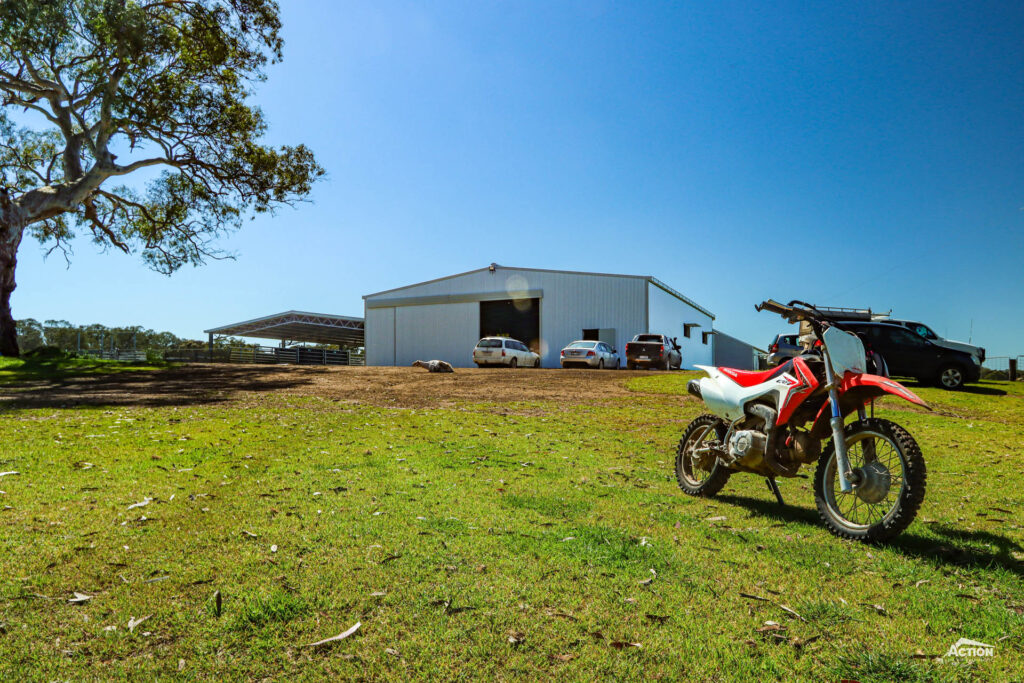
What Else Can I Do?
- Walk through your shearing shed and other handling areas e.g. yards, and document and record all hazards and the action that needs to be taken to remove it. Try implementing a ‘pre-shear’ safety check so that shearing does not commence until the shearing shed and working areas have been inspected and any safety issues documented and dealt with.
- Have emergency stop buttons in place where they are easily reached/accessible – or wherever makes most sense for your operation.
- Have the capacity to store chemicals and other flammable items according to manufacturer’s instructions.
- Educate workers as to sheep diseases and sicknesses so that affected animals can be treated as quickly as possible. Also, raise awareness of the importance of a high level of personal hygiene. It sounds simple but educating workers to wash and dry hands after contact with sheep will help avoid zoonoses – the spread of disease from sheep to humans.
- Have adequate fire extinguishers in place and conduct regular checks of these.
- Keep machinery maintained and up to date. Make sure safety requirements are followed and safety guards are in place.
- Have a well-stocked first aid kit in an accessible place with relevant signage in working areas to highlight the location. Regularly review this kit so that it is always in-date/up-to-date. Also make sure that there is someone on site who is trained in first aid.
- Create a farm emergency plan and make sure all workers are aware of this and educated on what needs to be done in a case of an emergency. This could include planning the routes to the nearest hospital.
- If your shearing shed is an older one, asbestos may be a concern especially if renovating or extending. Contact the relevant authorities and act accordingly. *
- Cover your sheep yards to provide better conditions for both staff and sheep
*Please note, this article is a general discussion of safety issues in shearing sheds. We recommend getting in touch with the relevant authorities for advice as to legal requirements and standards.*
The Benefits of Safe Shearing Sheds
1
Improved Staff Retention & Productivity
An up-to-date and safe shearing shed complete with adequate amenities indicates respect for the workers and a recognition of the difficulty of the job.
2
Improved Industry Reputation
3
Provides A Low-Stress Environment
As well as staff productivity, sheep will benefit from the improved conditions. Lower stress levels in sheep due to better handling, lower noise and other improvements will help keep them calm – and make it easier for the shears to work with them.
So, that’s a wrap on our discussion on safe shearing sheds. Ultimately, every one benefits from safer conditions on shearing sheds – the shearers, the sheep, the woolgrower and the wider industry.
